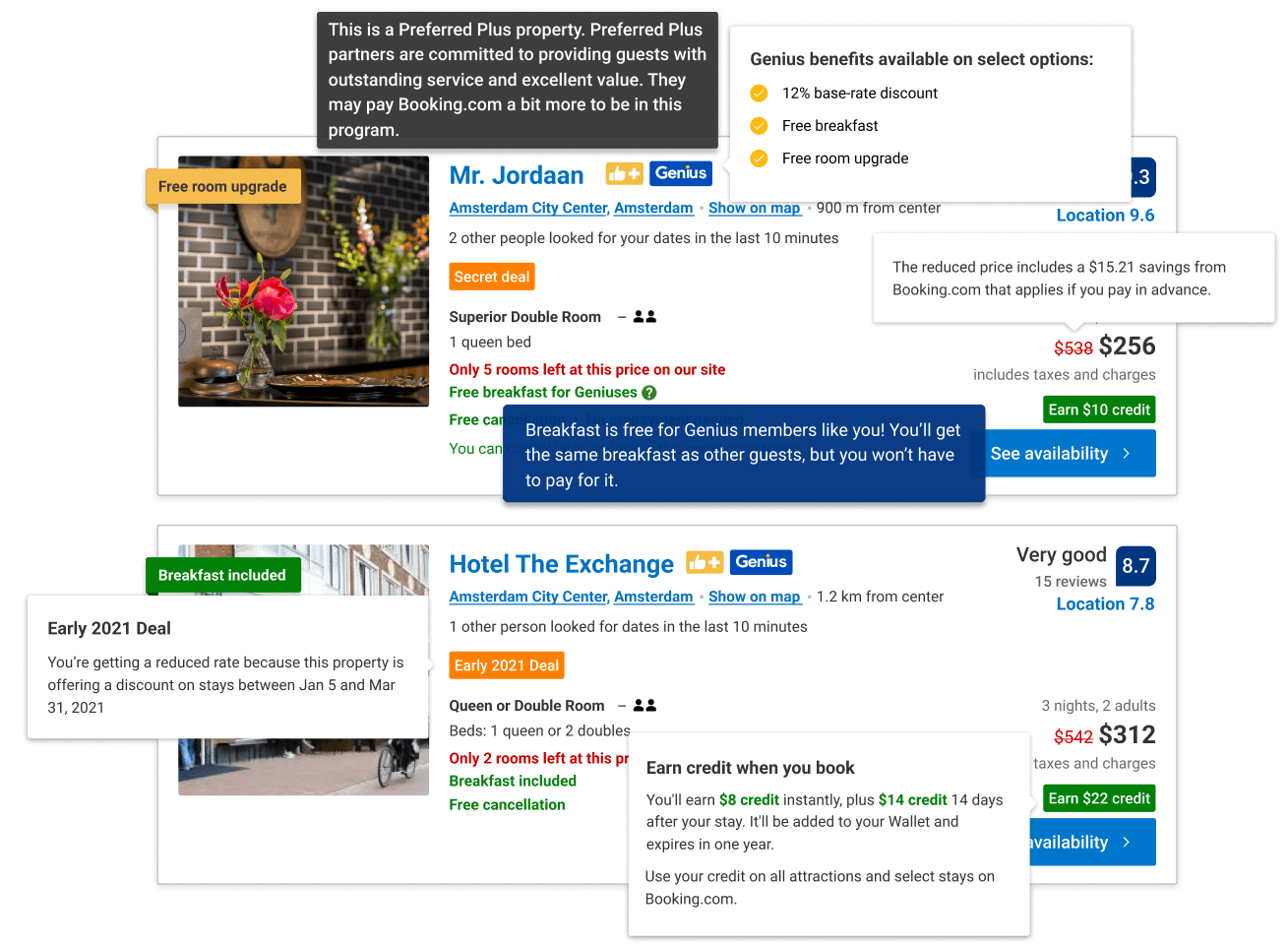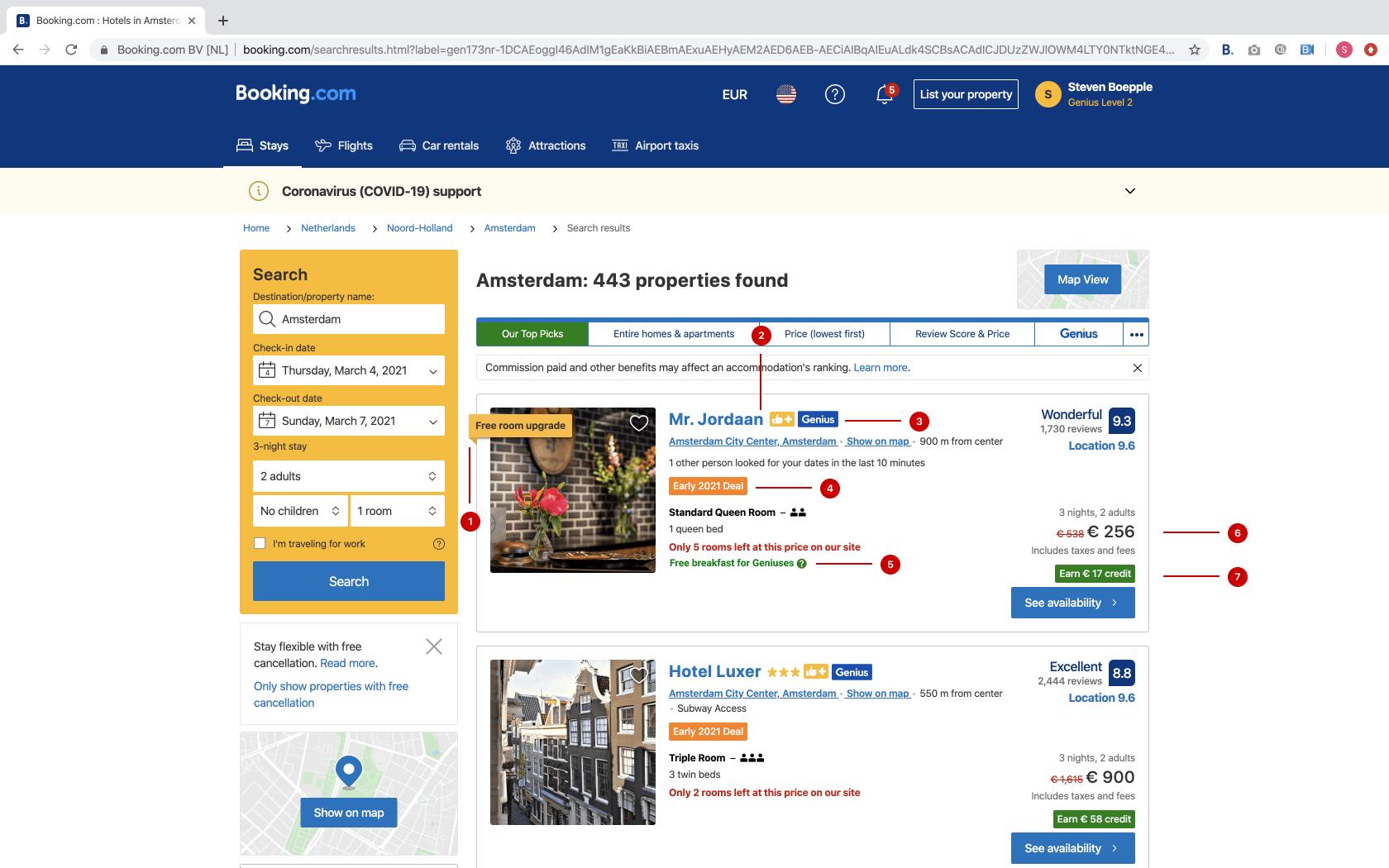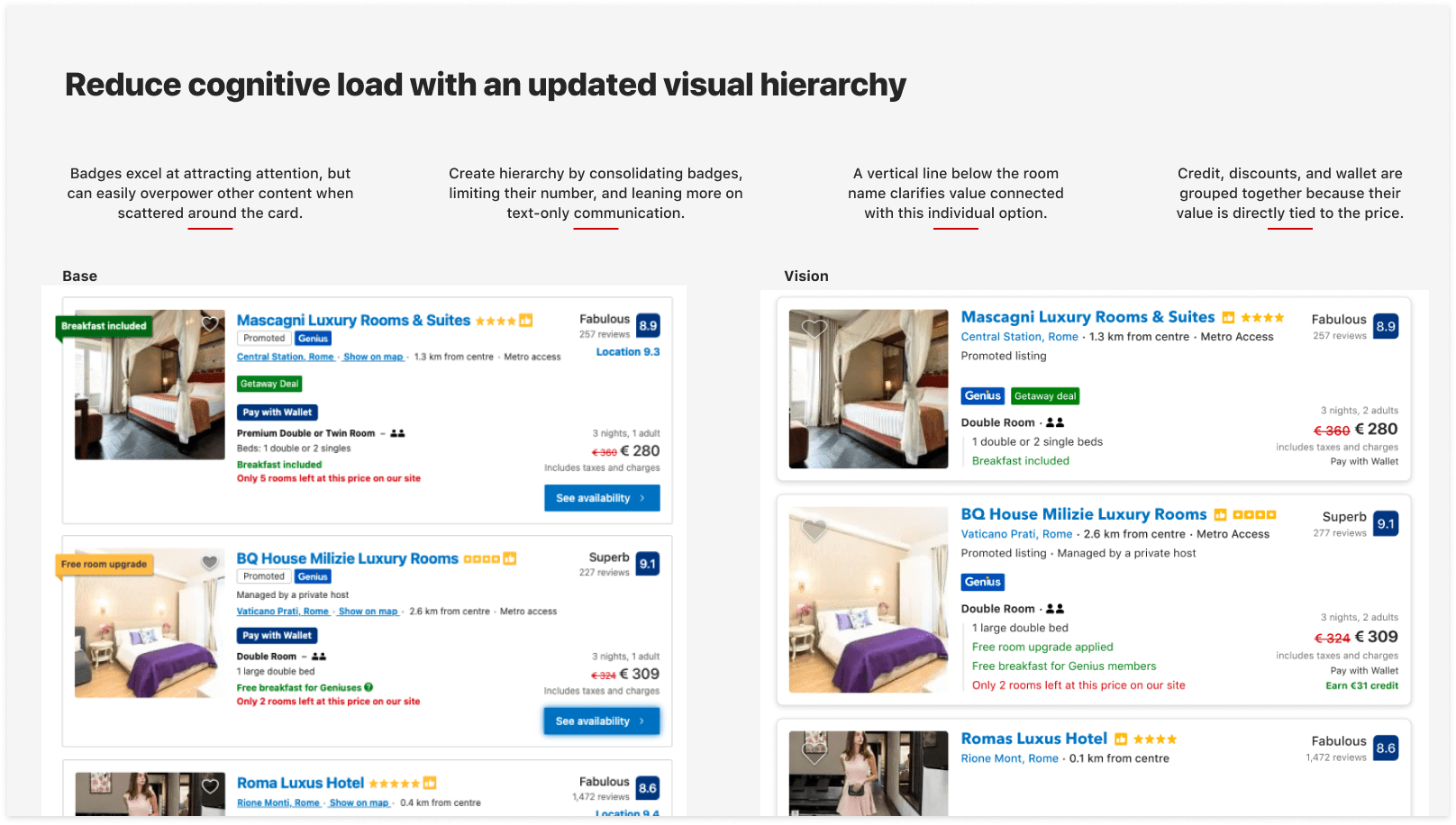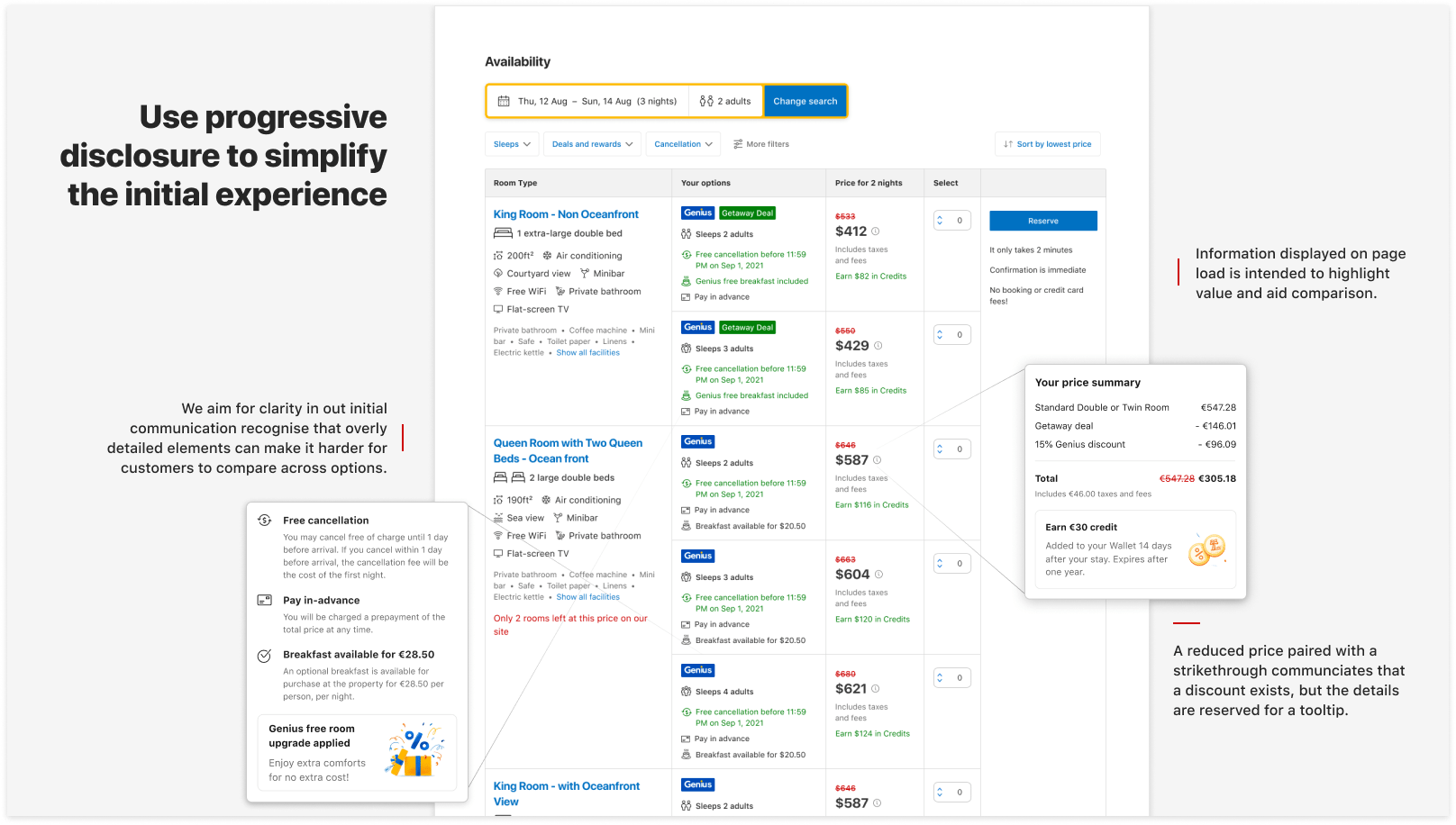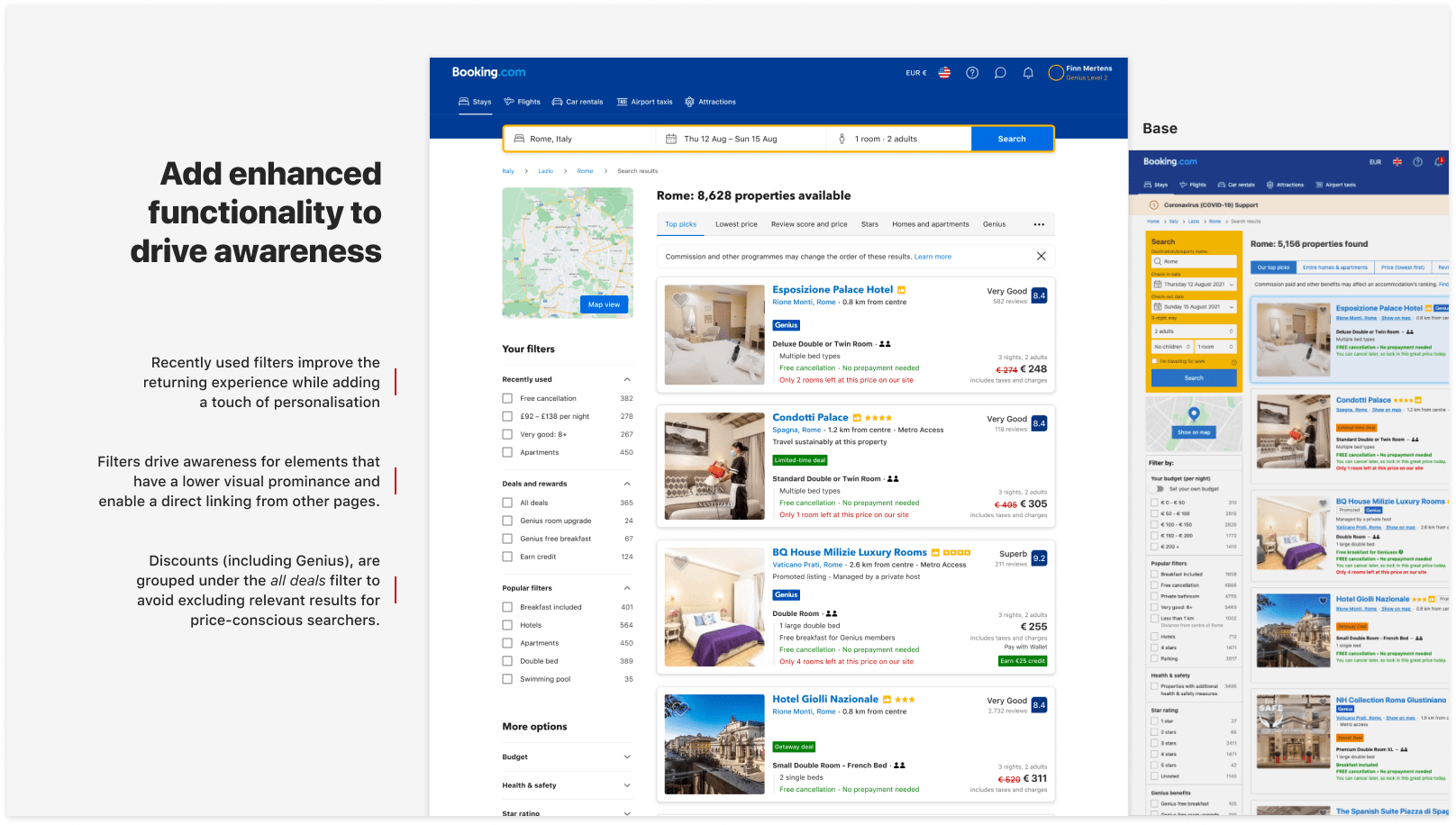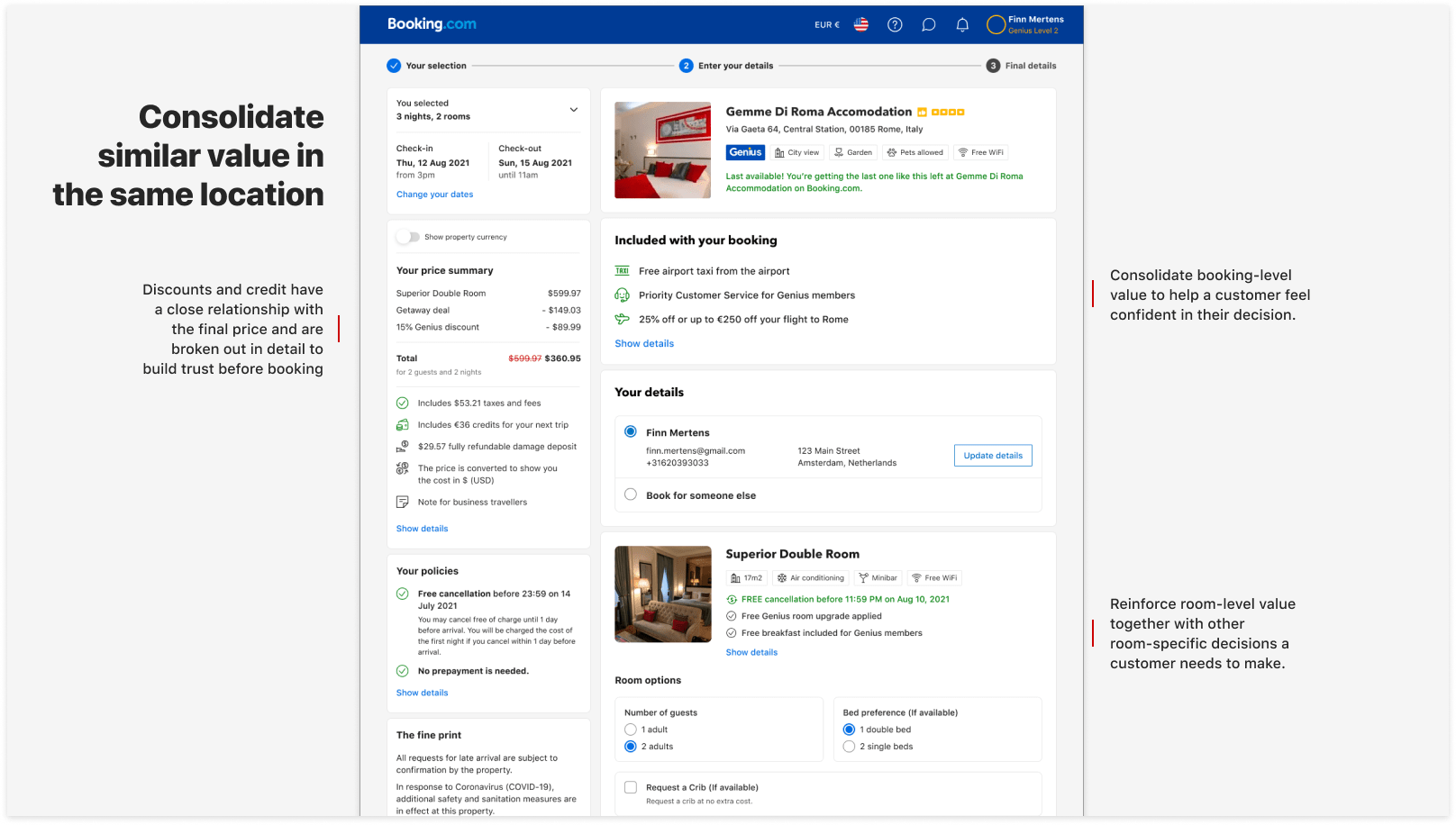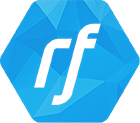
Testing our designs
I worked with my researcher and set up usability tests to go through our designs for both desktop and mobile in order to get quantitative feedback and refine our designs before moving forward with A/B experimentation.
We tested with 10 users in total and some of the key learnings were:
- Over half of the users wanted to know more about what contributed to the discount in order to verify that it’s a real one and not made up
- Users didn’t spot the benefits information on the booking page and were more focused on the final price and room details than additional value
Preparing for experimentation
We got positive feedback in the usability test about using a discount price breakdown instead of one that breaks down taxes and charges so we set up experiments for this for all platforms. We prepared this experiment for iOS to test that change.
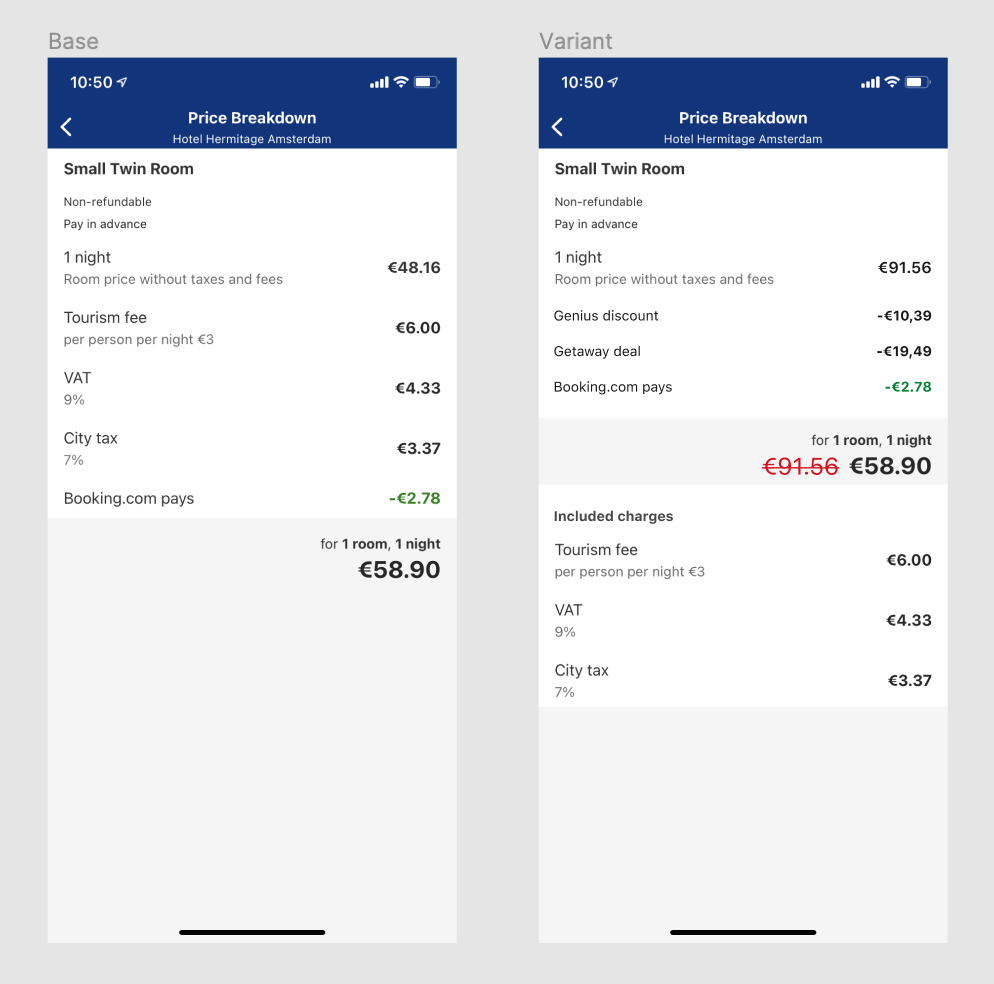
Reflection on the project
It’s not too often that you get to work on such a large project in the company due to the amount of teams there so it felt very challenging and fun to work on this. I left the company in September 2022 and there is still a lot of experimenting still to do with this. Some of the things I learnt from it are:
- Don’t make the ‘vision’ the ultimate goal of the project. I got fixed on making a perfect vision early on but realised later that it’s better to focus on creating patterns and principles which will always adapt to new changes to the product
- Trying to focus on goals within this project for both product teams and customers at the same time was a challenge. Looking back I would like to focus on solving customer problems first and then focusing on the product team.
